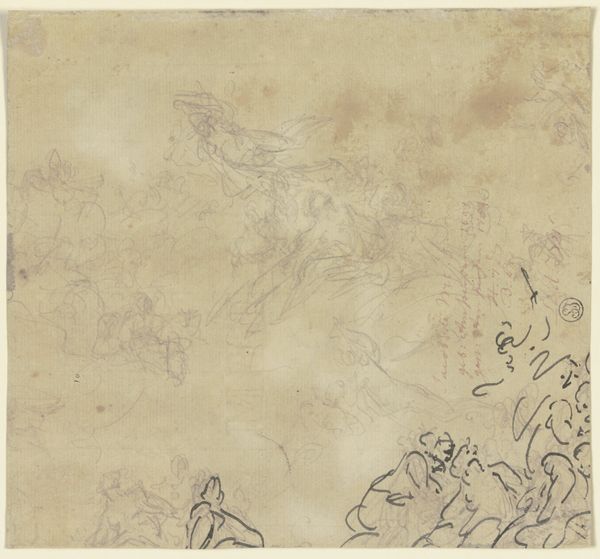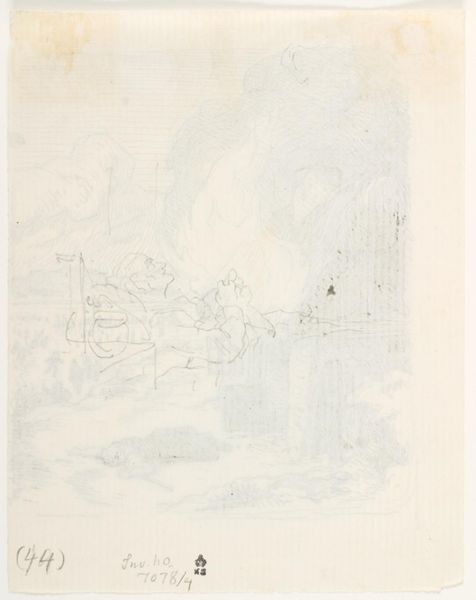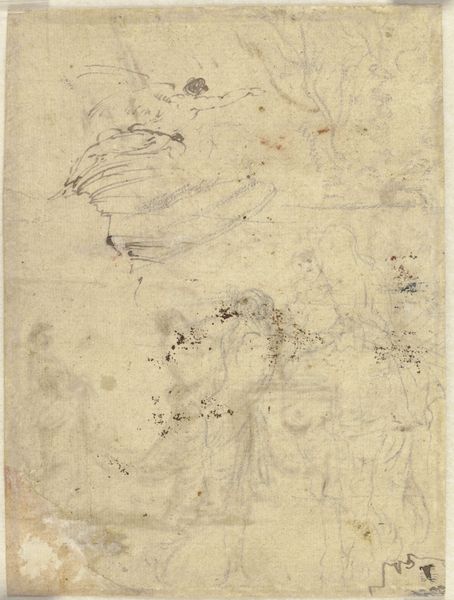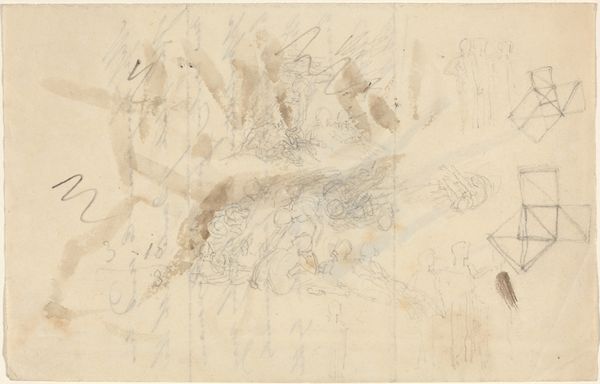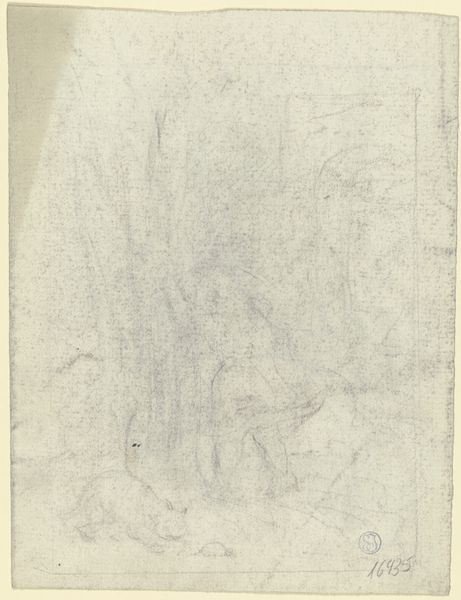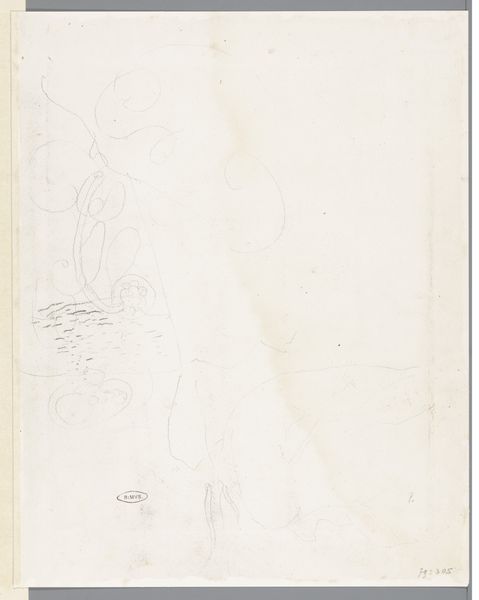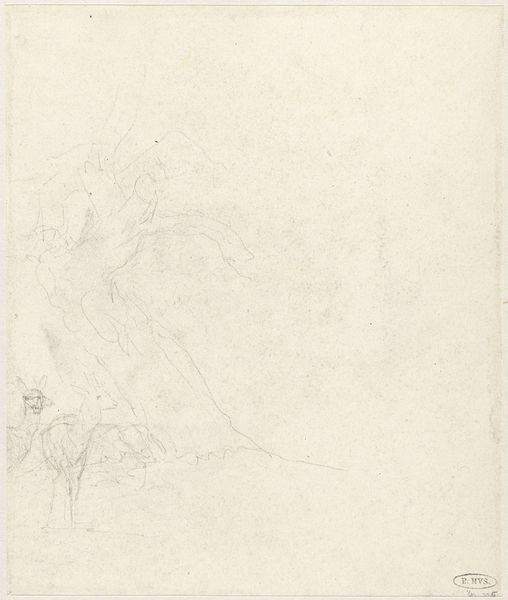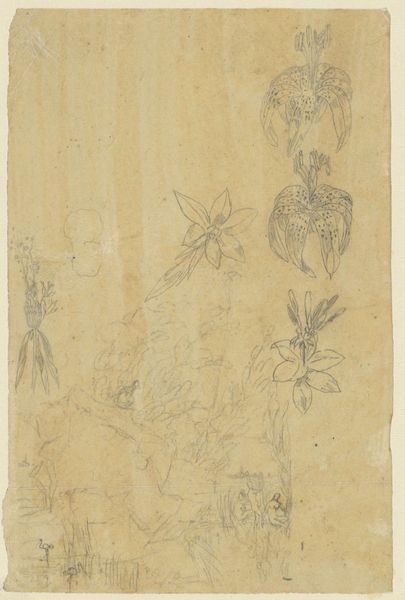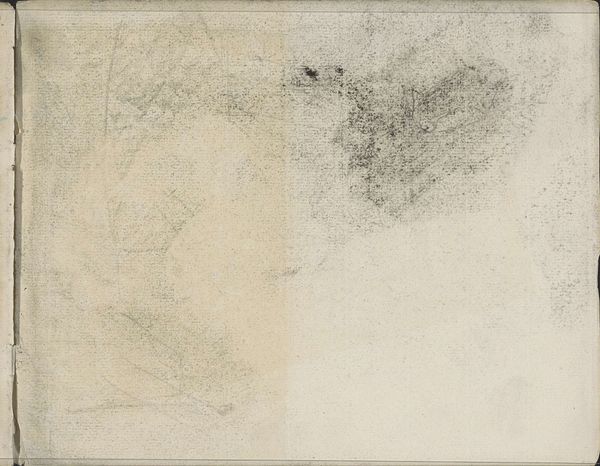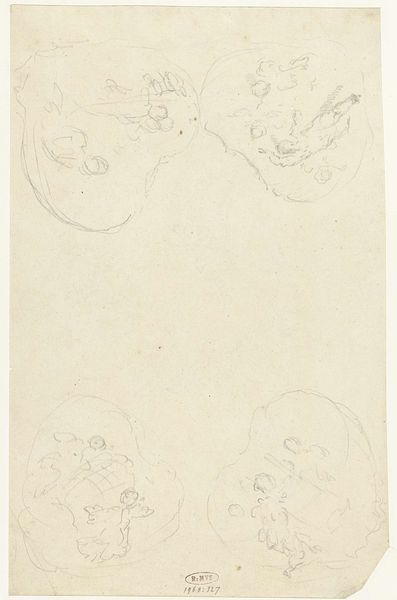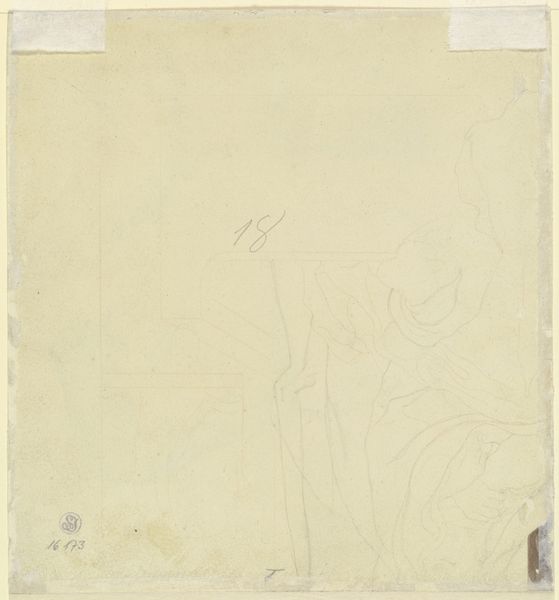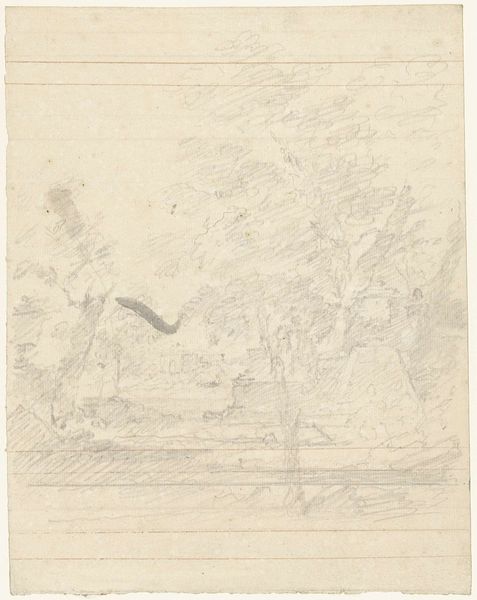
drawing, pencil
#
drawing
#
landscape
#
pencil
#
line
Dimensions: height 172 mm, width 124 mm
Copyright: Rijks Museum: Open Domain
Editor: Here we have an untitled sketch sheet with trees and stars, done between 1700 and 1800, in pencil. There's a tentative, dreamlike quality to it that I find quite calming, but also…incomplete. How do you interpret this work? Curator: The incompleteness is precisely what draws me in. This sketch opens a space for questioning what landscape means in the 18th century. Who has access to nature? Whose vision is being represented here, and who is excluded? Is it an escapist fantasy available only to certain classes? Editor: So, you see it as a commentary on social inequalities? Even with just some scribbled trees and stars? Curator: The act of sketching itself was a tool often deployed by those with privilege, marking territory, capturing 'views.' The ethereal nature of the stars adds another layer. Are they aspirational, a symbol of hope for marginalized communities seeking a different world? Or merely decorative elements for the leisure class? Editor: I didn't think about it that way. I just thought of stars as...stars. Curator: Exactly. And that's the power of art – to challenge our assumptions. Even a simple landscape sketch can be a site of resistance or, conversely, a tool of oppression. Think about who gets to define "beauty" and "nature." Editor: So, even a simple sketch can spark questions about power and representation? That's pretty wild. I'll definitely look at landscapes differently from now on. Curator: And hopefully consider who has traditionally been omitted from those landscapes, and how we can reclaim those spaces through a critical lens. That, for me, is where art becomes a truly powerful act.
Comments
No comments
Be the first to comment and join the conversation on the ultimate creative platform.
